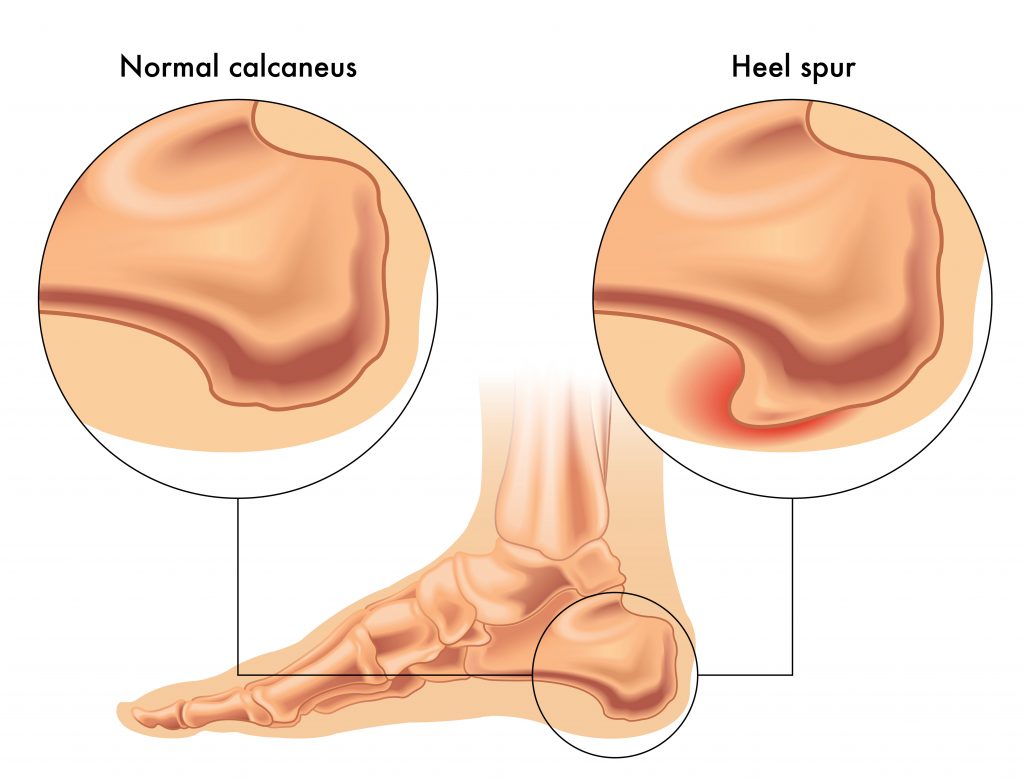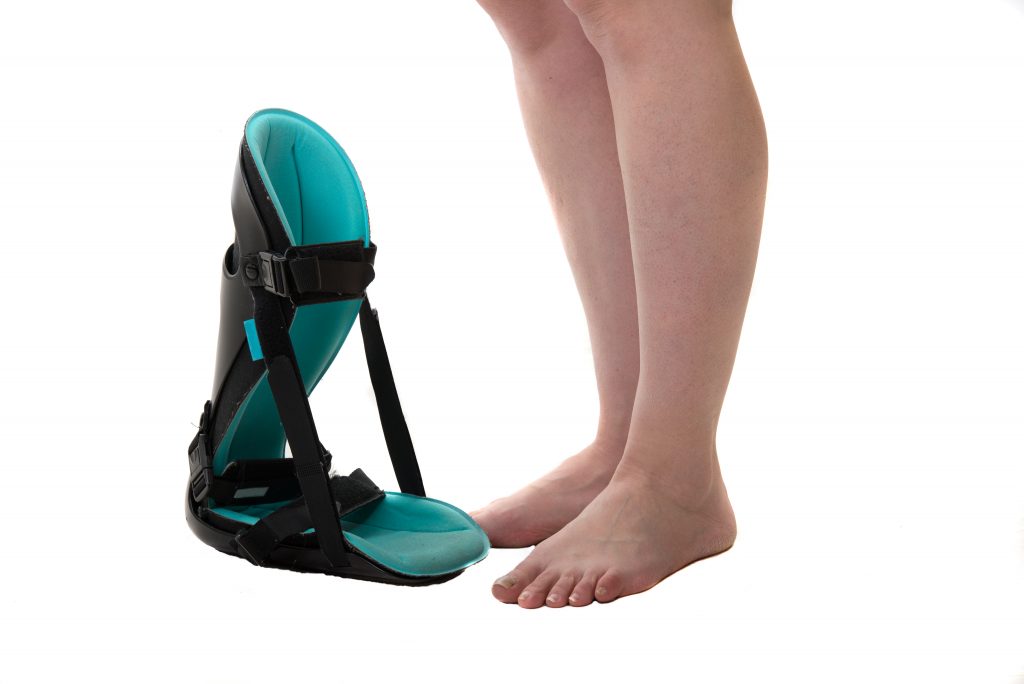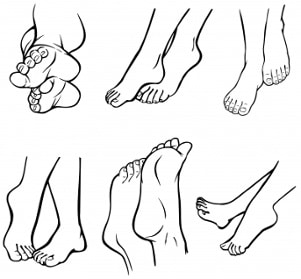Orthopedics: How Do I Treat Heel Pain?
Dr. Meredith Warner, Baton Rouge Orthopedic Surgeon on Heel Pain
Heel pain can range from being a minor nuisance to nearly debilitating, changing our daily lives and activities. While this condition can be a common complaint among our patients, there are a number of causes of this discomfort, and treatment must be directed at the specific cause.

PLANTAR FASCIITIS & HEEL SPURS
One of the most common causes of heel pain is plantar fasciitis, often occurring along with a heel ‘spur’. This bony prominence is located under the calcaneus, or heel bone. Heel spurs alone can be painless, but are often associated with a painful inflammation of the tissue that runs along the bottom of the foot, connecting the heel bone to the forefoot.
The spur itself is a calcium deposit, and can often be seen on x-ray. This deposit takes many months or years to appear, and is usually related to repetitive stress and strain on foot ligaments, particularly in athletes engaging in running and jumping, but obesity and the excessive weight can play a role. The plantar fascia is a thick connective tissue running from the calcaneus to the ball of the foot, and is very important in the mechanics of our foot movement and transmitting weight. If this tissue becomes inflamed, known as plantar fasciitis, it causes a painful heel/foot, often worse in the early morning upon waking (often a sharp, sticking pain), with some improvement throughout the day as it is stretched out, and returning after long periods of standing or walking. This pain is often described as a “stone bruise.”

HEEL PAIN TREATMENTS
Treatment of heel spurs is similar to that of plantar fasciitis because these problems tend to be related. However, heel spurs can.
If the pain is unresolved, the physician may consider injecting the area with an anti-inflammatory medication such as Ketolorac (Toradol) and Lidocaine, an anesthetic agent. Steroid injections, such as Cortisone, should be avoided due to risk of plantar fascial rupture and other side effects.commonly be found in people with no symptoms at all. Therefore, treatment is only needed when the spur is symptomatic and related to fasciitis, inflammation, and pain.
During your doctor visit with Dr. Meredith Warner, she will examine the foot, and potentially request x-rays of the foot in order to delineate between other causes of heel pain, including achilles tendonitis, stress fractures, a compressed nerve, tarsal tunnel syndrome, or retrocalcaneal bursitis. Dr. Warner will then determine how best to treat the pain. Treatment can range from non-invasive attempts to reduce stress on the ligaments to injections or even to surgery.
Initial treatment options may include:
• Rest – this helps alleviate the inflammation and pain.
• Ice – helps to control pain.
• NSAIDS/Anti-inflammatory medications (Advil/Aleve/Tylenol) – to control pain.
• Exercises/stretching/physical therapy – relax the tissues around the heel bone and improve pain.
• Shoe inserts/orthotic devices – help decrease pain with activity and improve foot mechanics.
• Night splinting – keeps the heel stretched during sleep and less painful upon waking.
• PRP Injections– A natural method of treatment using your own blood to promote healing.
If other methods have not been beneficial, the orthopedic surgeon may consider releasing this tight plantar fascia, in a plantar fascial release, and removing the spur, if present.
Dr. Warner feels like the entire person should be examined. Occasionally heel pain may come from a hip rotation problem or even a spinal nerve compression.
Dr. Meredith Warner is a board certified, Fellowship Trained Foot and Ankle, Orthopedic surgeon practicing in Baton Rouge, Louisiana. Dr. Warner is committed to offering her patients an accurate diagnosis along with a comprehensive treatment plan in order to get them back to a pain free life. Dr. Meredith Warner specializes in the treatment of orthopedic issues, providing operative and non-operative treatment plans of orthopedic problems, including musculoskeletal pain such as chronic back, neck and foot pain, reconstructive surgery of the foot and ankle, arthritis, diabetic, hammer toe, bunion, wound care, work injuries, fitness and nutrition and osteoporosis issues.






